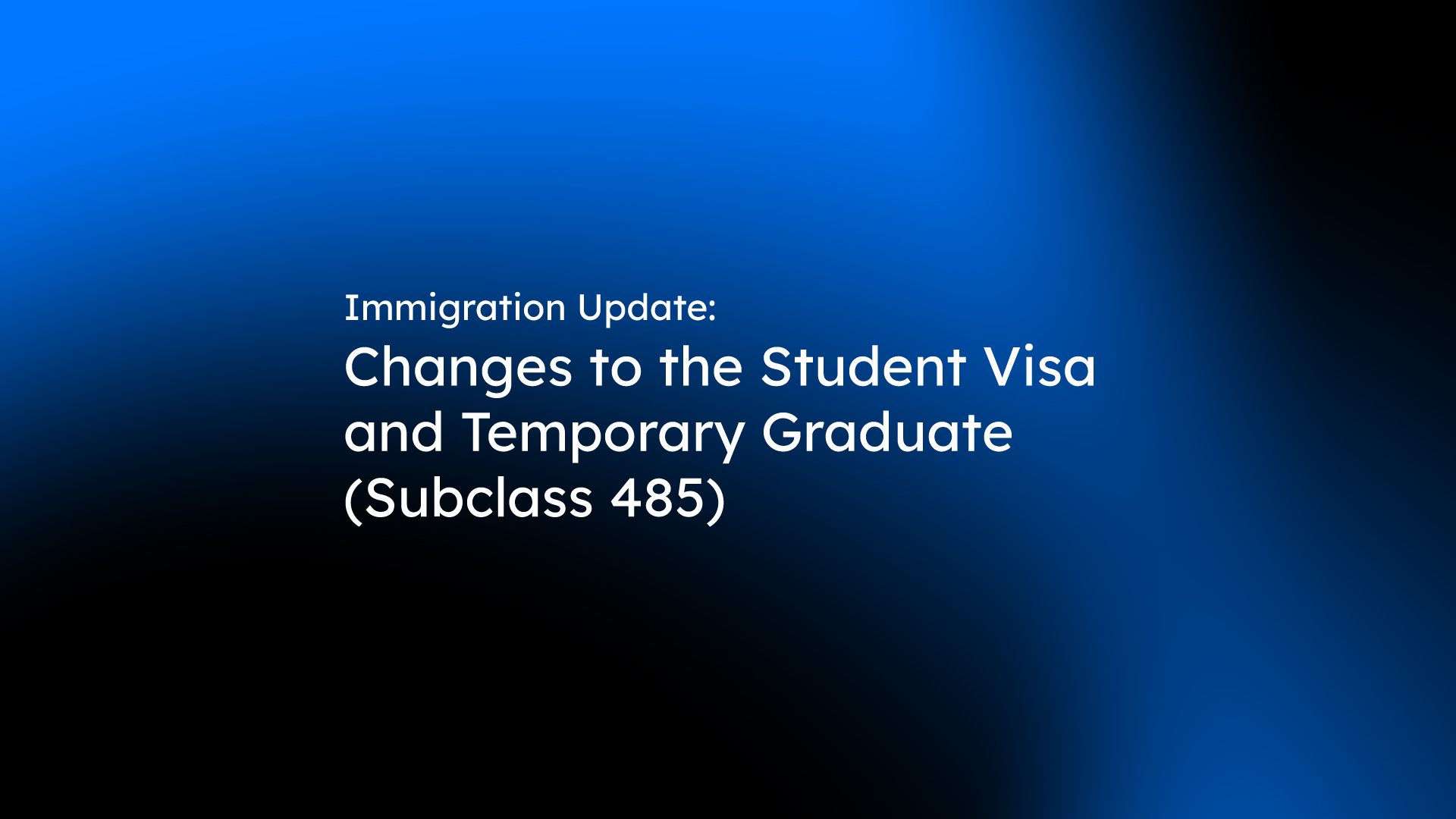Background Facts and why the Partner Visa Application was Refused
Application for review of a decision to refuse a Partner visa to Mr. [A], an Ethiopian refugee in Kenya, who applied based on his relationship with Mrs. [B], a permanent resident of Australia.
Mr. [A] and Mrs. [B] met in Nairobi in May 2013, both being refugees from Ethiopia. They exchanged numbers, communicated, and had a coffee date where they shared more about their backgrounds. Mrs. [B] had already applied for an Australian [temporary] visa around this time. On an interview for Mrs [B] ‘s temporary visa application on March 2014, she had already revealed her relationship with the visa application Mr [A] and referred to him as her fiancé. They got married in June 2014, started living together in Nairobi, and in August 2014, then Mrs. [B] moved to Australia. In November 2014, Mr. [A] applied for an Australian [temporary] visa, but it wasn’t granted. The offshore partner visa application was submitted in December 2015. In July 2018, Mrs. [B] visited Kenya, where they stayed together in Nairobi and Mombasa.
The delegate refused to grant the partner visa on the basis that the visa applicant did not satisfy cl.309.211 because the visa applicant did not meet the definition of spouse under s.5F of the Act. Specifically, the delegate found that there was insufficient evidence to support the nature of the parties’ relationship, nature of their household, the social aspects of the relationship, and the nature of the parties’ commitment to each other.
Why did the Tribunal Changed the Department’s Decision to Refuse the Partner Visa?
On the evidence, the parties were married to each other under a marriage that is valid for the purposes of the Act as required by s.5F(2)(a). The marriage took place on 14 June 2014 in Nairobi.
The Tribunal also evaluated various aspects of Mr. [A] and Mrs. [B]’s relationship to determine if it meets the requirements for a spouse relationship. Financially, they co-invested in a vehicle and a share of a shop. Mrs. [B] provided significant financial support, evidenced by money transfers and purchases. The nature of their household involved living together in Nairobi and during Mrs. [B]’s visit to Kenya in 2018. Socially, they presented themselves as a married couple in photos and videos, and friends attested to their relationship. Their commitment was examined in terms of the relationship’s duration, emotional support, and companionship, with the Tribunal finding a high level of commitment despite physical separation. The Tribunal acknowledged the overlap of events with Mrs. [B]’s temporary visa and Mr. [A]’s partner visa application but considered their commitment genuine. Overall, the Tribunal found the relationship met the necessary criteria for a spouse relationship for the partner visa.
What is Your Take on This?
This case study shows that it is not necessary to cohabitate for the whole period of the relationship to satisfy the requirement of a spouse, so long as the couple can show that they were not living separately and apart on a permanent basis.
How Can We Help?
Navigating the partner visa application process may appear simple, but its complexity arises from the exhaustive evidence and requirements. Whether your case seems straightforward, intricate, or uncertain, consult our immigration lawyers or agents. Schedule a consultation to benefit from our expertise, streamlining your Partner visa application with precision, compliance, and an enhanced chance of success.




